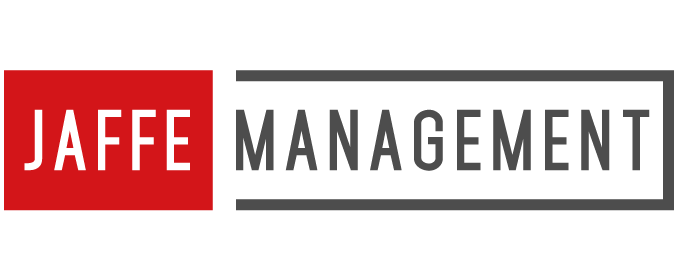10 Sep 2020 Turning In-Person Courses Into Online Classes and Ebooks to Keep Association Revenue Flowing
With the ongoing pandemic, groups are scrambling to move as much business online as possible. If your association has traditionally relied on in-person classes for revenue, it behooves you to develop virtual courses and ebooks to replace more conventional offerings. Here are some tips to help you make the transition.
Live vs. Pre-Recorded Classes
First, your association needs to decide whether a class should be given live or as a pre-recorded course. You may want a mix of both, depending on the topic and your audience.
There are advantages and disadvantages to each method. Live classes can be a draw if you have a well-known teacher. Also, instructors who are in high demand might only have a narrow time window and may not have the schedule to deal with a pre-recorded course.
However, recording your classes in advance lets you work out technical details and get every moment right. They’re also ideal if the instructor is located in a time zone that makes a live class problematic.
Another plus is you can endlessly re-use pre-recorded classes, turning them into passive income. Participants can enter the learning stream at any time when they’re ready for the material.
Homepage DIY vs. Online Platforms vs. Custom Courses
The level of sophistication for virtual courses can vary greatly. You want to produce the best class you can for your budget.
For some organizations, it will be fine to create a private YouTube video with a link on the website homepage. But if you want a step up in quality, there are additional options.
The most popular for associations new to online coursework is using one of the many online learning platforms that provide a framework for creating, promoting, and selling online courses. These run the gamut of price and features, so it’s wise to do the research before plunging in.
If budget is less of an issue, you can invest in a professionally created custom course. This will give you appealing results if you’re seeking an audience at the peak of their careers, who demand the best in the classes they take.
Hands-On Topics
Taking a class online can be challenging when dealing with hands-on topics, something universities have had to contend with recently. Your association may have to get creative with resources in order to mimic the in-person experience.
This is one area where using pre-recorded portions for didactic material can be helpful, so students can watch procedures as many times as needed. Consider using video closeups, captions, slow motion, and shooting from multiple angles for clarity.
Creating an Ebook
You may wish to create an ebook as a course itself or as an adjunct to a live or recorded lecture. Just like when creating online classes, there are a multitude of ways to go about it, but again, you want to produce the most professional looking book for the greatest net profit. Hiring a ghostwriting agency can give you soup-to-nuts service, but it will come at a price.
Another option is to hire a writer, an editor, a formatter, and a cover artist separately, using someone from your group to coordinate the process. You can, of course, produce a budget ebook in-house or hire an independent ghostwriter and do the rest yourself—it depends on the resources you have available.
Final Tips
Start with your budget and work backwards. Can you reallocate expenses for in-person courses to virtual classwork?
Before launching classes, develop a marketing plan to sell them.
Sell informal recordings of live classes for those who miss them.
Use a moderator or producer for live classes to help field questions and monitor chat.
When using pre-recorded formats, devise a way to handle Q&A.
Update classes to stay current, especially if they are for continuing education or compliance.
If virtual coursework is intended to generate a large portion of association income, consider taking a formal class in elearning.
Provide perks to students, like a private Facebook group or free workbook.
When writing an ebook, decide in advance if it will be for instant download, Kindle purchase, or print-on-demand.
Try offering ebooks and courses in sets of threes; make the first one free to all as a lead magnet, the second one free to members only, and the third a paid product for everyone. It will help attract students to future courses as well as boost membership.


